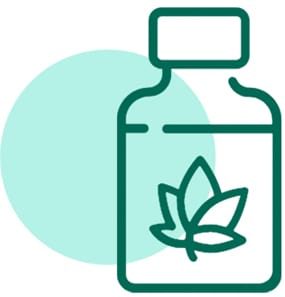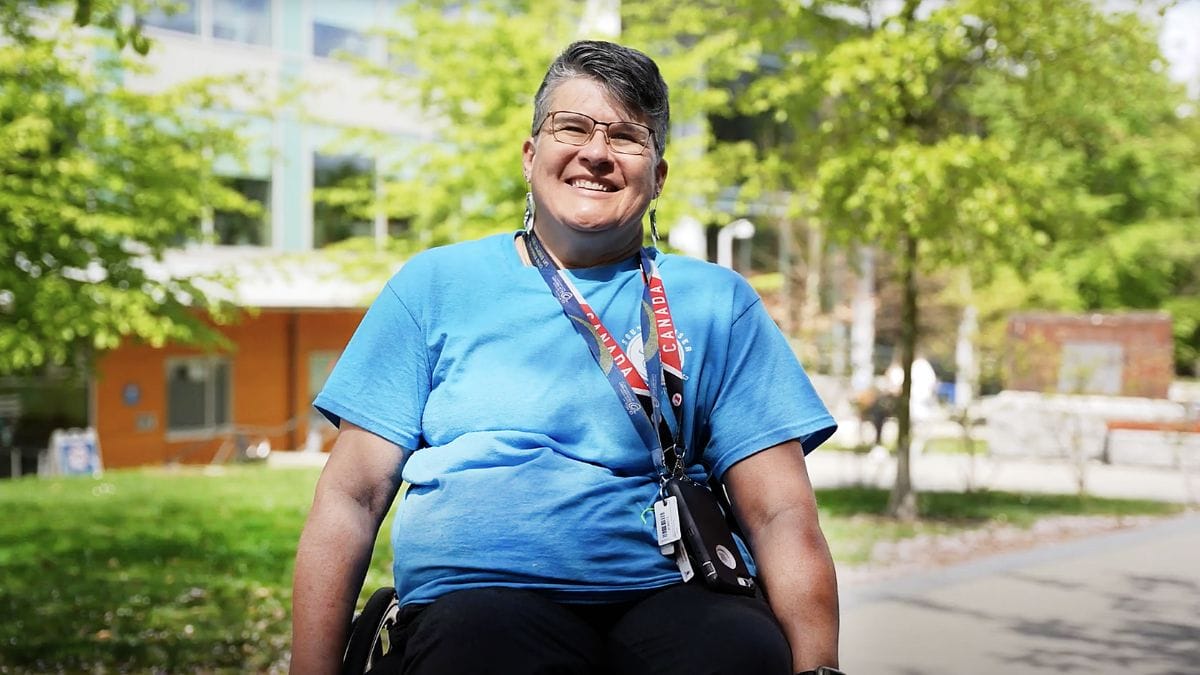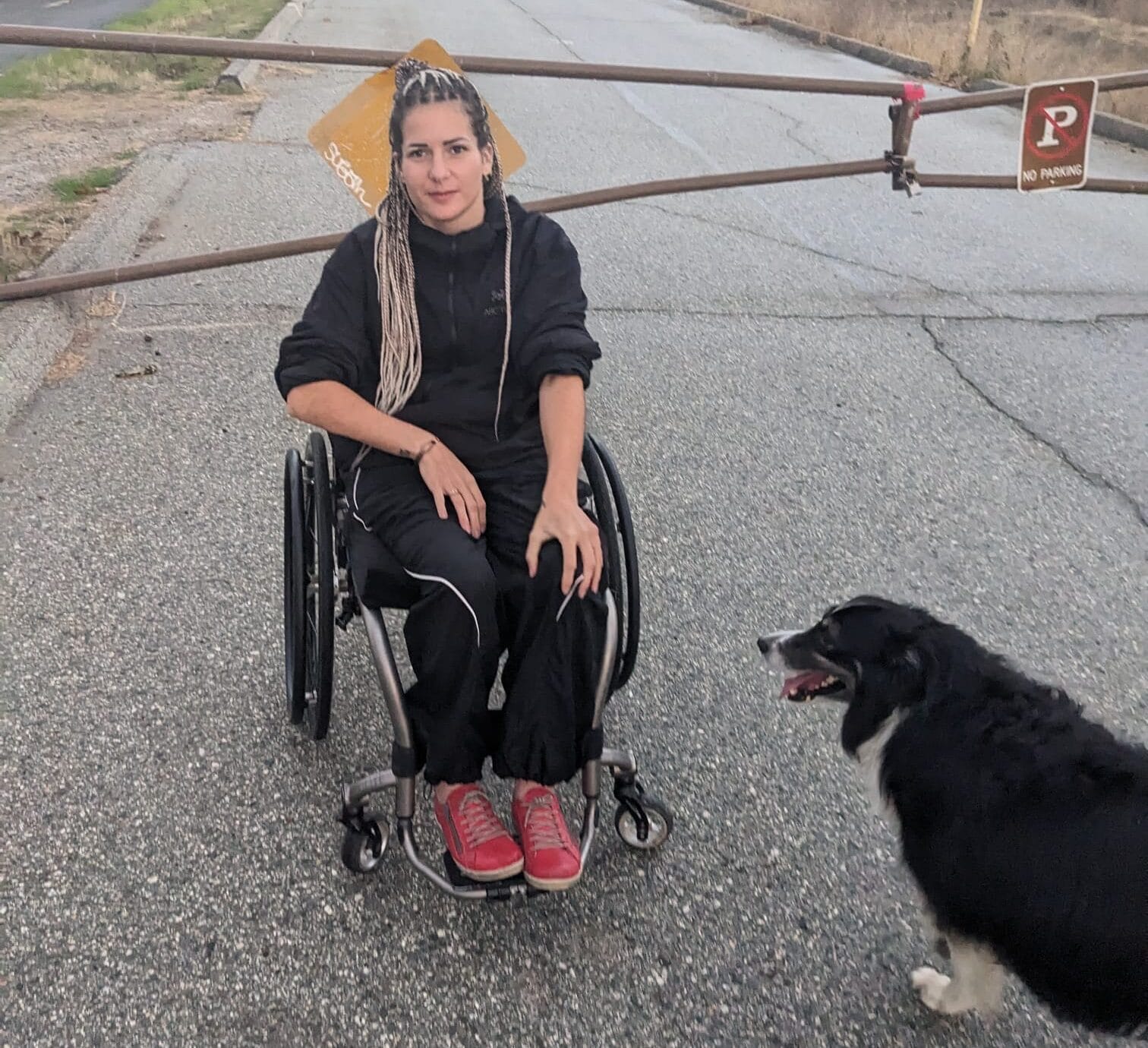
Many SCI BC Peers tell us they’ve successfully tried cannabis to improve their quality of life, either with or without Health Canada medical approval. But we also know of many who haven’t, with legality and stigma often being the barriers. On October 17, everything will change. So, for anyone late to the party who is now determined to take advantage of weed’s impending legal status, we offer this little primer.
What does weed offer people with SCI?
For many, simply getting high is an enjoyable reprieve from the daily grind. But it’s clear that, for people with SCI, there are therapeutic benefits. The pot prohibition has made it difficult to conduct research on the health benefits of cannabis. But the smattering of research that has been done, along with a few decades worth of anecdotal evidence, suggests that, for people with SCI, weed can be effective for managing a variety of symptoms, including:
- Pain
- Spasticity
- Depression
- Anxiety
- Insomnia
Which type is good for me?
There are two main types of cannabis plant: sativa and indica (there are also hybrids of the two). Regardless of the type, cannabis plants contain varying amounts of the two important active ingredients, or cannabinoids: THC and CBD. THC gets you high, but doesn’t offer many therapeutic benefits. CBD is the stuff that tames spasticity, reduces pain and anxiety, and counter-balances the “high” effects of THC. It’s generally accepted that sativa is THC dominant, while indica is CBD dominant. Indica, therefore, is most recommended for therapy.
The rule of thumb is that, for most people with SCI, weed with a three or four to one ratio of CBD to THC is ideal—it provides therapeutic benefits without getting people too high.
Producers will be required to list the CBD/THC levels on packaging, but it remains to be seen how accurate this labelling will be. Most experts agree that trial and error, along with good advice from a reputable store or dispensary, will be necessary to find what works best for you.
All cannabis has a third notable cannabinoid: CBN. If insomnia is a big problem for you, CBN is a key ingredient. Essentially, CBN is degraded THC—it accumulates in cannabis that’s been left to age (ideally in sunlight) for an extended time. Not many producers pay attention to CBN content at the moment, so if you want to experiment with it, you’ll probably have to age your own weed to maximize CBN content.
Active Ingredient: THC
- Dominant in the sativa plant
- Gets you high
Active Ingredient: CBD
- Dominant in the indica plant
- Most recommended for therapy
Active Ingredient: CBN
- Degraded THC (in aged cannabis)
- Aids insomnia
How do I use it?
Cannabis is mainly consumed in three forms: dried flowers, oils and extracts, and edibles and tinctures. Inhaling vapour gives the quickest results, while edibles provide more long-lasting effects. Regardless of method, dosing is important. Start low and go slow—experiment with a small quantity and gradually increase the amount until you get the benefits you’re seeking.

DRIED FLOWER (BUD)
This the most common, but smoking it isn’t recommended. Fortunately, for a modest cost, you can buy a vaporizer that heats the flower up just enough to release the vapour containing the active ingredients—and not the carcinogenic smoke.

OILS AND EXTRACTS
Cannabis oils, or hemp oils, are extracted from the plants. You can vape oils and extracts, add them to food or drink, or rub them on a specific part of the body that needs easing. While most oils on the market are extracted by multi-million dollar machines, some people do extract their own oils at home.

EDIBLES
Edibles (like cookies and candies) and tinctures are popular, but they will not be legally available until next year. However, you can still make your own from your legally-sourced weed. A word to the hungry: because not all edibles are created equal, it’s easy to overdo it if you’re not careful. Take it slow until you know what dosage your body can comfortable handle.
Where will I be able to buy it?
Starting October 17, anyone 19 or older in BC will be able to buy cannabis online, and from private and government stores. (Exact locations to be determined.) Adults will be also allowed to grow up to four plants per household. But be warned: this is a lot more difficult than simply planting a seed.
Where will I be able to use it?
You can consume on your own property. You can also carry up to 30 grams when in public, and consume it in most public places where smoking cigarettes is allowed. But you won’t be able to consume in recreational areas, parks, enclosed public spaces, bus/ferry stops, or near children. And it goes without saying that you can’t consume in your car.
Is there anything I should be worried about?
Every province will have different rules for buying, so check those regulations before you travel! While legal in Washington State, it’s NOT legal to take it across the US/Canada border. In fact, you could be banned for life from the US for even telling a US border guard that you’ve consumed weed at any point in your life!
Also, remember weed isn’t for everyone. It can cause disorganized thoughts, confusion, agitation and paranoia. It can impair your balance and stability, along with your memory and judgment. Above all, do not drive under the influence—this is not only highly illegal, it’s just plain stupid.
Where can I get more information?
This post is not a definitive guide. If you’re a weed newbie, you’ll need more knowledge before proceeding. But don’t expect to get much information from your family doctor. By and large, Canadian doctors have chosen to distance themselves from weed, despite a growing body of evidence that it has many medical benefits.
If you want more information (and there’s far more to know than what we can include in this article page), check out our Summer 2016 and Summer 2013 issues of The Spin. And, as ever, Google is your friend—but as always, make sure you’re getting credible advice and not fake news.




